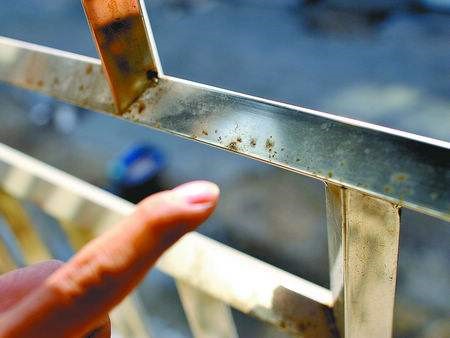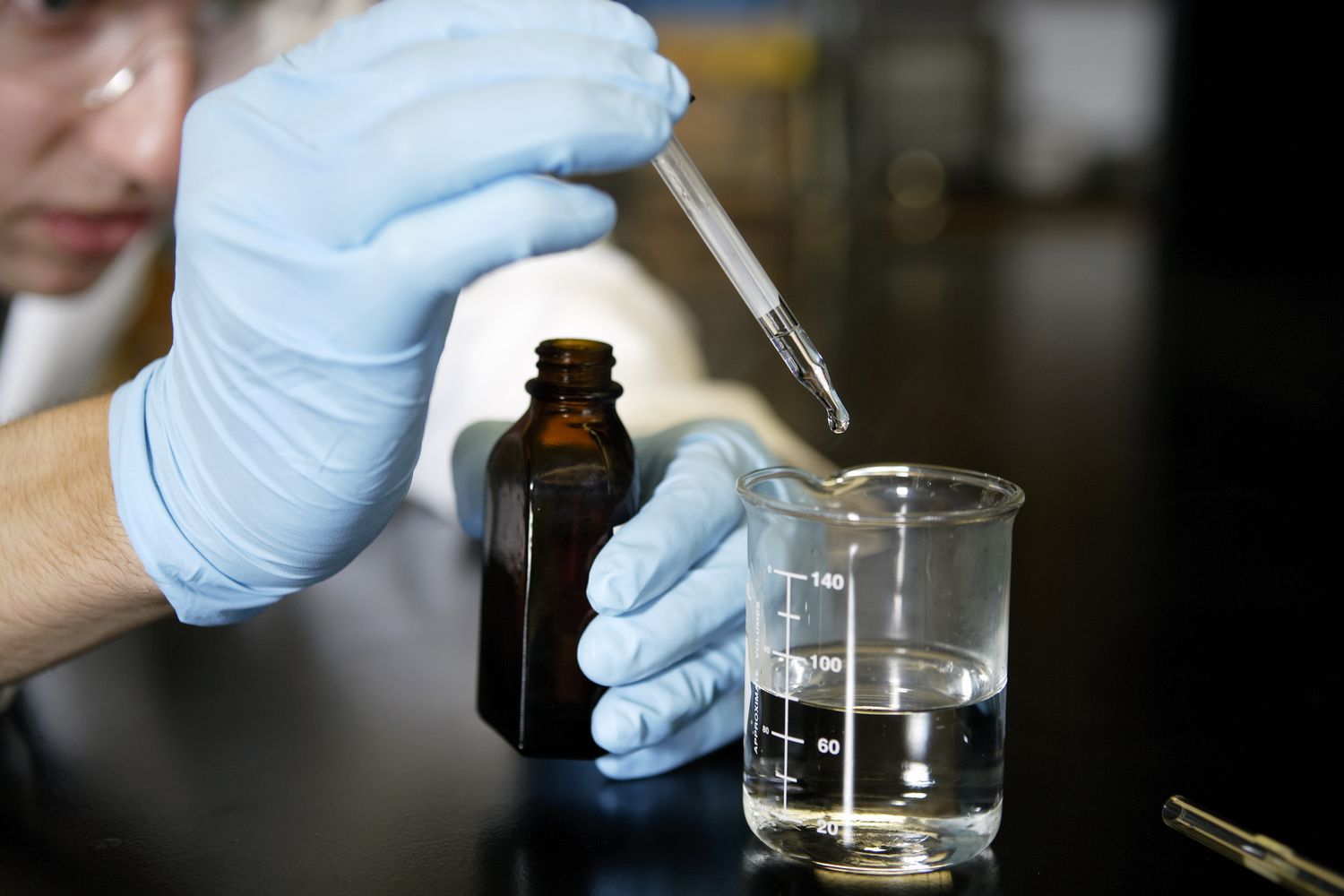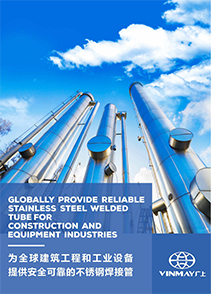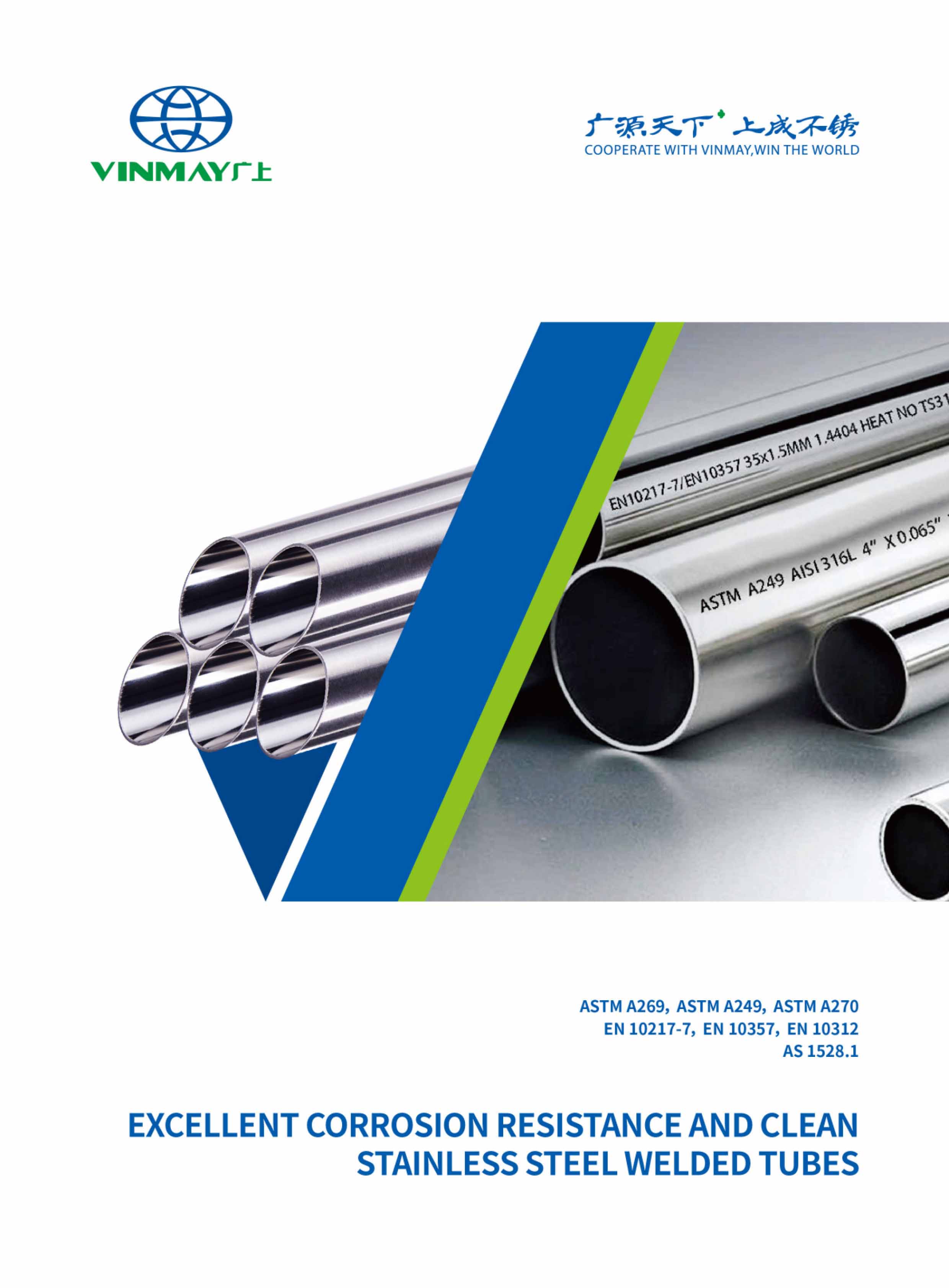You may have encountered the issue of stainless steel tube corrosion, a phenomenon that warrants some attention. This process, while subtle in nature, can have significant consequences if left unaddressed. So, how does corrosion occur, and what can you do to prevent it?
In this discussion, we will explore the causes, consequences, and effective strategies to safeguard your stainless steel tubes.
- Stainless steel tube corrosion can have significant consequences if left unaddressed, so understanding the basics of corrosion prevention is essential.
- Addressing corrosion is crucial to ensure the longevity and performance of stainless steel tubes, as corrosion can lead to leaks, failures, and costly repairs if left unchecked.
- The presence of chlorides, exposure to strong acids or bases, high temperatures, mechanical stress, and the presence of crevices or impurities are common causes of corrosion in stainless steel tubes.
- Prevention strategies for corrosion in stainless steel tubes include selecting the right stainless steel grade, proper cleaning and maintenance practices, considering environmental factors, and implementing regular maintenance and the use of protective coatings.

Chlorides are a prevalent and significant factor contributing to the corrosion of stainless steel tubes. These corrosive ions are commonly found in environments such as coastal areas, swimming pools, and industrial settings. When chlorides come into contact with stainless steel, they can initiate a series of chemical reactions that lead to pitting corrosion.
In chloride-containing environments, the presence of sources such as saltwater, brackish water, and cleaning solutions can lead to the corrosion of stainless steel tubes. Chlorides are highly corrosive substances that can penetrate the protective oxide layer of stainless steel, causing pitting and crevice corrosion.
Saltwater, with its high chloride content, poses a significant risk to stainless steel tubes, especially in marine environments. Similarly, brackish water, which is a mixture of saltwater and freshwater, can also introduce chlorides and accelerate corrosion.
Cleaning solutions containing chlorides should be used with caution to prevent corrosion.
The formation of pits and holes is a common manifestation of pitting corrosion in stainless steel tubes caused by the presence of chlorides. When chlorides come into contact with stainless steel, they can penetrate the protective oxide layer and initiate localized corrosion. Pitting occurs when these areas of localized corrosion deepen and form pits, which can lead to the formation of holes in the tube. The following table provides a visual representation of the formation of pits and holes in stainless steel tubes due to pitting corrosion:
| Stage | Description |
| Stage 1 | Initiation of localized corrosion due to chloride attack |
| Stage 2 | Initiation of localized corrosion due to chloride attack |
| Stage 3 | Coalescence of pits, leading to the formation of larger pits |
| Stage 4 | Continued corrosion and enlargement of pits, causing the formation of holes |

When stainless steel tubes are exposed to strong acids or bases, the protective oxide layer on the surface of the steel can be impacted, leading to corrosion. The acidic or alkaline solutions can penetrate the oxide layer and react with the underlying metal, causing rust formation as a consequence.
This corrosion can weaken the integrity of the stainless steel tubes and compromise their functionality in various applications.
- Acidic solutions can dissolve the protective oxide layer, exposing the underlying metal to further corrosion.
- Alkaline solutions can cause the oxide layer to become porous, allowing corrosive agents to penetrate and attack the metal.
- Both acidic and alkaline solutions can increase the conductivity of the electrolytes, accelerating the corrosion process.
It is crucial to avoid prolonged exposure to such solutions to maintain the integrity of the protective oxide layer and prevent corrosion.
As the protective oxide layer of stainless steel tubes deteriorates due to exposure to highly acidic or alkaline solutions, the consequence of this corrosion is the formation of rust. When the oxide layer breaks down, the underlying steel is exposed to the corrosive environment, leading to the formation of iron oxide, commonly known as rust.
Rust compromises the integrity of the stainless steel tubes, making them susceptible to further corrosion and potential failure. It's crucial to prevent the formation of rust to ensure the longevity and reliability of stainless steel tubes in various applications.

The high temperatures encountered in certain environments can have a significant impact on the protective oxide layer of stainless steel tubes, potentially leading to corrosion. This is due to the following factors:
- Oxidation: At high temperatures, the oxide layer on the surface of stainless steel can become less effective in preventing corrosion, as it may start to break down or become damaged.
- Accelerated chemical reactions: The heat can increase the rate of chemical reactions, promoting the formation of aggressive species that can attack and degrade the oxide layer.
- Thermal expansion: The differential thermal expansion between the stainless steel tube and the oxide layer can create stress, causing cracks and defects that expose the underlying metal to corrosion.
Understanding and mitigating the effects of high temperatures on the protective oxide layer is crucial to ensure the long-term integrity and performance of stainless steel tubes in various applications.
The adverse effects of high temperatures on the protective oxide layer of stainless steel tubes necessitate an examination of the increased susceptibility to corrosion in such conditions.
When exposed to elevated temperatures, the protective oxide layer on stainless steel tubes becomes weaker, allowing corrosive elements to penetrate the surface more easily.
This increased vulnerability to corrosion can lead to the degradation of the stainless steel tubes and compromise their structural integrity.
Therefore, it's crucial to implement preventive measures to mitigate the impact of high temperatures on stainless steel tube corrosion.
Discoloration and aesthetic degradation in stainless steel tube corrosion can be a significant concern due to its impact on the appearance of the material. When the surface of stainless steel tubes becomes discolored or degraded, it not only affects the visual appeal but also gives the impression of poor quality.
To prevent this, it's important to understand the causes of discoloration and implement appropriate preventive measures. Some key factors to consider include exposure to corrosive substances, temperature variations, and improper cleaning practices.
The corrosion of stainless steel tubes can significantly weaken the material, leading to a loss of mechanical properties and compromising its structural integrity. This can have several negative consequences:
- Reduction in tensile strength and ductility, making the material more prone to cracking and failure.
- Decreased resistance to fatigue, resulting in a shorter lifespan of the tube.
- Impaired corrosion resistance, making the tube more susceptible to further damage and deterioration.
It is crucial to protect stainless steel tubes from corrosion to maintain their mechanical properties and ensure their longevity.
Increased vulnerability to further corrosion
As stainless steel tubes weaken due to corrosion, their susceptibility to further corrosion increases, posing a significant threat to their mechanical properties and overall structural integrity. This increased vulnerability can be attributed to the loss of the passive oxide layer that protects the stainless steel from corrosion. Once this protective layer is compromised, the exposed surface becomes more reactive to corrosive agents, accelerating the corrosion process.
The table below illustrates the impact of corrosion on the mechanical properties of stainless steel tubes:
| Mechanical Property | Impact of Corrosion |
| Tensile Strength | Corrosion reduces the tensile strength of stainless steel tubes, making them more prone to failure under stress. |
| Yield Strength | Corrosion weakens the yield strength of stainless steel tubes, leading to a decrease in their load-bearing capacity. |
| Hardness | Corrosion can cause a decrease in hardness, resulting in a softer material that is more susceptible to deformation. |
| Fatigue Strength | Corrosion reduces the fatigue strength of stainless steel tubes, making them more susceptible to fatigue failure. |
The reduction in lifespan of stainless steel tubes due to corrosion is a significant concern in many industries. Corrosion can weaken the structural integrity of the tubes, leading to premature failure and costly repairs or replacements.
It's crucial to understand the correlation between corrosion and material longevity to develop effective prevention strategies and ensure the durability of stainless steel tubes in various applications.
Corrosion of stainless steel tubes significantly reduces their lifespan, leading to a decrease in material longevity. Understanding the correlation between corrosion and material longevity is crucial in preventing premature failure. Here are three key points to consider:
- Corrosion weakens the structural integrity of stainless steel tubes, increasing the risk of leaks and failures.
- The presence of corrosive agents accelerates the degradation process, shortening the lifespan of the tubes.
- Regular inspection and maintenance can help identify and address corrosion issues early, preserving the longevity of stainless steel tubes.
When it comes to preventing corrosion in stainless steel tubes, selecting the right grade is crucial. One important consideration is the choice between 316L and 304 stainless steel, especially in high chloride environments.
While both grades are resistant to corrosion, 316L offers superior protection due to its higher molybdenum content, which enhances its resistance to pitting and crevice corrosion.
Understanding the differences between these grades is essential for effectively preventing corrosion in stainless steel tubes.
Regular cleaning is essential for preventing corrosion in stainless steel tubes. Proper maintenance and cleaning routines can significantly extend the lifespan of these tubes.
For optimal maintenance and prevention of corrosion in stainless steel tubes, it is recommended to utilize a mild soap and water cleaning method. This method is effective in removing dirt, grime, and other contaminants that can contribute to corrosion. To ensure the best results, use a non-abrasive cloth or sponge to gently scrub the surface of the stainless steel tube. Rinse thoroughly with clean water and dry with a soft, lint-free cloth to prevent water spots. Regular cleaning with mild soap and water will help maintain the integrity and appearance of your stainless steel tubes.
After thoroughly cleaning the stainless steel tubes with mild soap and water, the next crucial step in preventing corrosion is to ensure that the tubes are properly dried.
Drying is essential because it removes moisture, which can lead to corrosion. To effectively dry stainless steel tubes, follow these steps:
- Use a clean, lint-free cloth to wipe off any excess water.
- Utilize compressed air or a blow dryer set to a low heat setting to remove moisture from hard-to-reach areas.
- Allow the tubes to air dry completely before storing or using them.
When considering corrosion prevention strategies for stainless steel tubes, it's important to adapt the choice of stainless steel to the specific environmental conditions in which the tubes will be used. This involves understanding and being aware of potential corrosive factors such as temperature, humidity, exposure to chemicals, and presence of pollutants.
Adapting the choice of stainless steel to suit the specific environmental conditions is crucial in effectively preventing corrosion in stainless steel tubes. To ensure the best possible protection, consider the following factors:
To effectively prevent corrosion in stainless steel tubes, it's crucial to have a thorough understanding of the potential corrosive factors in the environment and implement appropriate prevention strategies.
Factors such as moisture, humidity, temperature, and exposure to chemicals can all contribute to corrosion. By being aware of these factors, you can make informed decisions on the type of stainless steel to use and implement protective measures, such as coatings or regular cleaning, to mitigate the risk of corrosion.
The recap of key causes and consequences of stainless steel tube corrosion provides a comprehensive understanding of the factors that contribute to this issue and the potential ramifications that can arise. It's crucial to be aware of these causes and consequences in order to effectively prevent and mitigate corrosion in stainless steel tubes.
Understanding these causes and consequences allows for the implementation of appropriate preventive measures, such as selecting the right alloy, applying protective coatings, and regular inspection and maintenance.
Implementing proactive prevention measures is essential for effectively mitigating the risk of stainless steel tube corrosion and ensuring long-term performance and durability.
By taking a proactive approach, you can significantly reduce the likelihood of corrosion-related issues and the associated costs of repairs and replacements. One key preventive measure is regular inspection and maintenance of the stainless steel tubes. By identifying and addressing any signs of corrosion early on, you can prevent further damage and extend the lifespan of the tubes.
Another crucial measure is the application of protective coatings or inhibitors. These can create a barrier between the steel surface and corrosive elements, effectively preventing corrosion from occurring.
Additionally, proper installation techniques, such as using compatible materials and ensuring adequate drainage, can also play a significant role in preventing corrosion.
To ensure proper material selection and maintenance practices, it's crucial to prioritize thorough inspections and regular upkeep of stainless steel tubes. By following these practices, you can minimize the risk of corrosion and ensure the longevity of your stainless steel tubing system.



